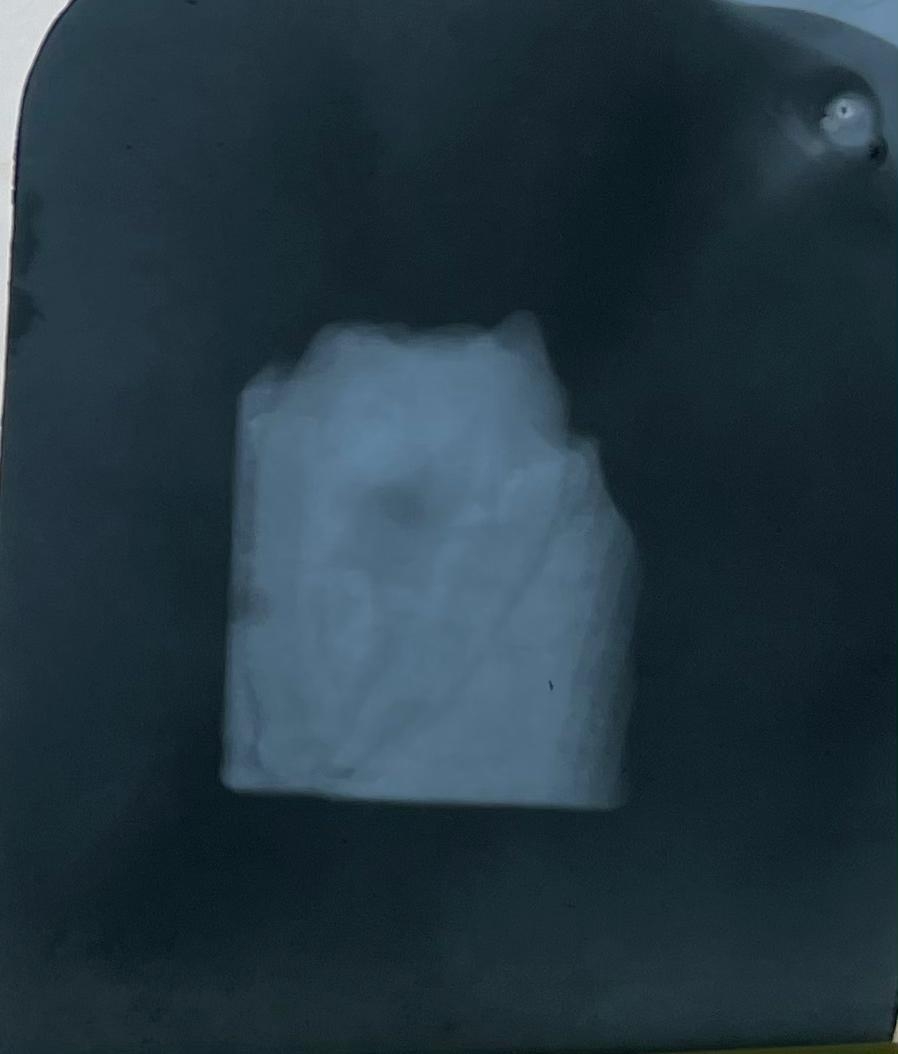IADR Abstract Archives
Forensic Odontology: Expertise in Radiographic Examination of Post-Mortem Teeth
Objectives: Forensic Odontology is a branch of dentistry in which students receive limited exposure. The purpose of this research was to evaluate the ability of a dental graduate on their skill to identify a forensic odontology case given to them, without any prior formal education on the subject during the undergraduate level. This study also aims on comparing the differences in the ability of final year dental students and fresh graduates in identifying victims using ante-mortem and post-mortem radiographs, and comparing their knowledge on forensic odontology as a whole.
Methods: Six radiographs of permanent maxillary molars that had been extracted were taken, in which one of the teeth had been burnt and heat-altered to 600 degrees Fahrenheit for 15 minutes and then radiographed, to simulate a burn victim of a housefire. These radiographs were presented to a total of 156 dental students in their final year and House Officers, who were asked to identify the radiograph belonging to the simulated burn victim. They were also asked to respond to a survey containing ten questions assessing dental forensic knowledge.
Results: The dental students and House Officers who were able to correctly identify the simulated burn victim's heat-altered tooth’s radiograph to the original radiograph from were 70%. In the 10 question-survey that had been provided, seven survey questions had a correct response rate of above 70%.
Conclusions: The dental students and House Officers were successful in identifying the simulated burn victim’s dental radiograph to the original radiograph. However, there remains a need to consider forensic odontology as part of the dental curriculum, so that undergraduates as well as fresh graduates can be well-versed in contemporary and emerging knowledge regarding forensic odontology.
Methods: Six radiographs of permanent maxillary molars that had been extracted were taken, in which one of the teeth had been burnt and heat-altered to 600 degrees Fahrenheit for 15 minutes and then radiographed, to simulate a burn victim of a housefire. These radiographs were presented to a total of 156 dental students in their final year and House Officers, who were asked to identify the radiograph belonging to the simulated burn victim. They were also asked to respond to a survey containing ten questions assessing dental forensic knowledge.
Results: The dental students and House Officers who were able to correctly identify the simulated burn victim's heat-altered tooth’s radiograph to the original radiograph from were 70%. In the 10 question-survey that had been provided, seven survey questions had a correct response rate of above 70%.
Conclusions: The dental students and House Officers were successful in identifying the simulated burn victim’s dental radiograph to the original radiograph. However, there remains a need to consider forensic odontology as part of the dental curriculum, so that undergraduates as well as fresh graduates can be well-versed in contemporary and emerging knowledge regarding forensic odontology.


